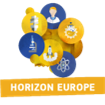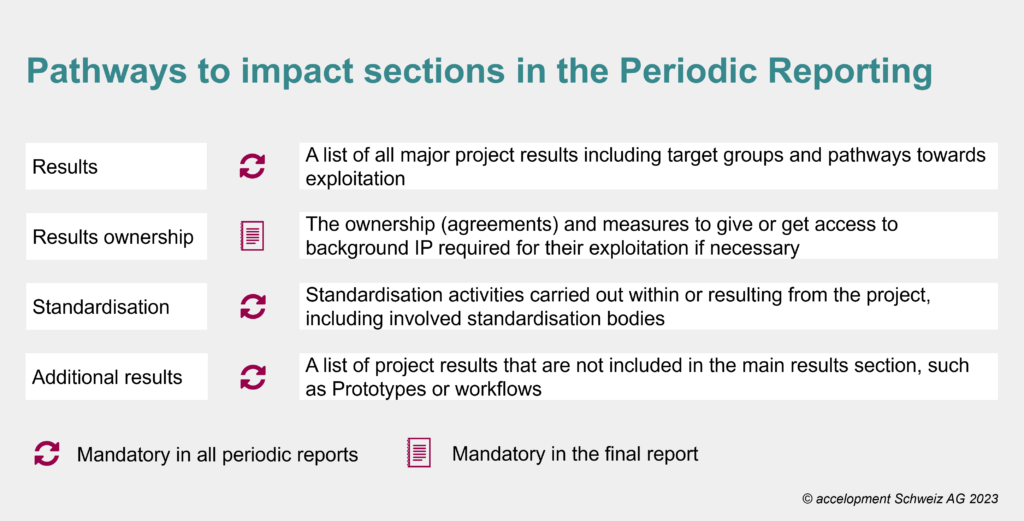Exploitation requirements in Horizon Europe – How to make use of your project results
25th April 2023 at 9:00 am
Exploitation of project results is an important task in Horizon Europe funded research and innovation (R&I) projects. More than 35,000 grants for R&I were already awarded to almost 180,000 participants within more than 41,000 legal entities across Europe in Horizon 2020. Since the start of the 9th framework programme, Horizon Europe, in 2021, over 5,000 EC Grant Agreements (i.e. EU contracts) have been signed with about 14,000 unique participants so far, and there are many more thousands to come. The sheer number of R&I projects gives an idea of how many research results have been achieved by these numerous grants and one wonders what has been done with these or rather how have these been used.
Indeed, the exploitation of results, be they commercial or non-commercial, has been a major concern of the European Commission and resulted in recommendations and exploitation specific rules that are not so easy to find or understand. Our involvement as a project partner providing communication, dissemination and exploitation support in dozens of EU-funded initiatives has required us to understand the needs of researchers at academic institutions and companies while adhering to the EC requirements. We would like to shed a bit of light into these here and hopefully provide some guidance to your project`s exploitation strategy and activities.
A culture of valorisation shall build the core of the European research and innovation policy. This statement was included in the EU valorisation policy, published by the European Commission prior to the launch of Horizon Europe. In brief, the policy aims to increase the impact of research and innovation investment and thus, it was expected that the exploitation of project results will play an even more prominent role in Horizon Europe projects than in Horizon 2020. First of all, this is reflected in Article 16 (Annex 5) of the Model Grant Agreement, which states that beneficiaries must use their best efforts to exploit their results directly or indirectly via transfer or licensing for up to four years after project completion. Then, the Periodic Report got expanded by several sections specifically designed to capture project results as well as the measures undertaken or planned to exploit these results. The new sections of the Report are summarised in the infographic below.


Finally, a set of additional measures, such as the extension of the Innovation Radar Assessment, the Horizon Results Platform and several EC support services were brought to life. All these measures are aiming to ensure the transformation of research results into economic value and benefits for society. However, they also require capturing, assessing and evaluating potentially exploitable outcomes throughout the entire project duration, as well as exploring their exploitability.
How can accelopment support you in innovation and exploitation activities?
Building upon our experience in the management, communication and dissemination of European R&I projects, we at accelopment have elaborated accelINNO®, an innovation management system consisting of processes and tools to assist our project partners in the collection and assessment of project results as well as the development of roadmaps for exploitation. We have been able to develop and apply accelINNO® in several H2020 projects such as AI-Mind where Jeanette, our CEO, is the Innovation Manager, and are currently using the toolbox in the first Horizon Europe projects. Do you want to know how this works in practice?
Subscribe to our blog posts as we will soon write about our implementation experience. Our innovation management and exploitation experts Michael Hönger and Robin Vanneste regularly publish blog posts on exploitation. Do you have specific questions or are interested in their support? Do not hesitate to get in touch!

Michael Hönger
Project & Innovation Management Associate

Robin Vanneste
Business & Finance Associate
